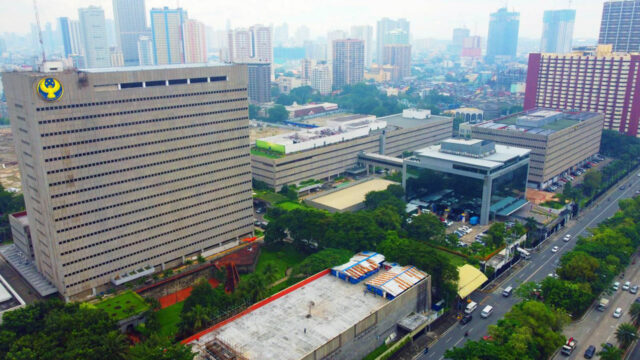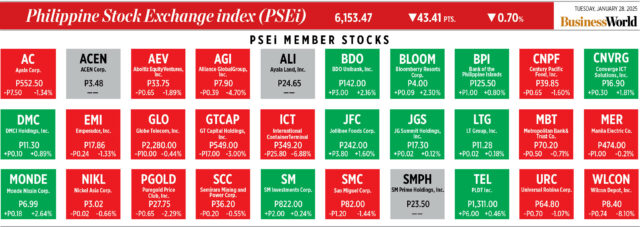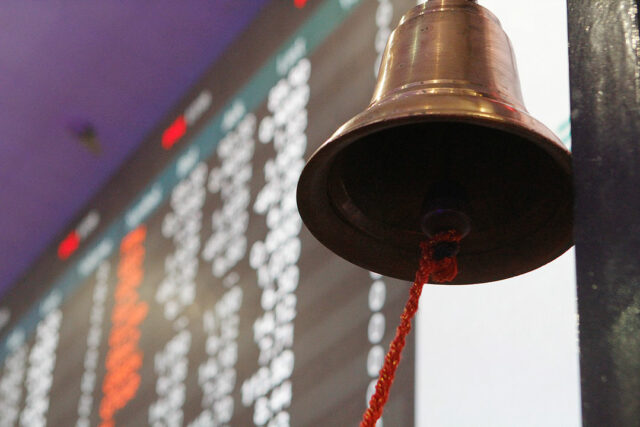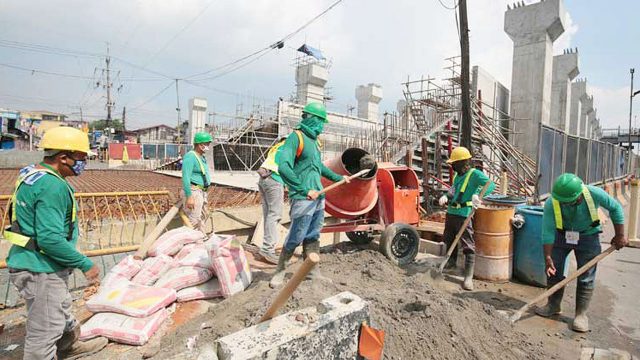BankCom looks to raise at least P5 billion via dual-tenor bond offering
BANK of Commerce (BankCom) is looking to raise at least P5 billion from a dual-tranche offering of peso-denominated fixed-rate bonds.
BankCom on Tuesday began the public offer of two-year Series C bonds and 5.25-year Series D bonds with a minimum aggregate issue size of P5 billion and an oversubscription option, it said in a disclosure to the stock exchange. The offer period is set to run until noon on Jan. 30.
The bonds will comprise the third tranche of the bank’s P50-billion bond program.
“Proceeds from the issuance will be used for management of the bank’s balance sheet, diversification of funding sources, and general corporate purposes,” BankCom said.
The two-year Series C bonds carry an interest rate of 6.1942% per annum, while the 5.25-year Series D papers are priced at 6.3494%, both with quarterly interest payouts.
“Eligible individual investors that hold the Series D Bonds until maturity will enjoy a net fixed interest rate of 6.3494% per annum,” BankCom added.
The minimum investment amount is P100,000 and increments of P50,000 thereafter.
“The Series C Bonds and Series D Bonds are targeted to be issued and listed on the Philippine Dealing & Exchange Corp. on Feb. 19,” the bank said.
ING Bank N.V., Manila Branch, Philippine Commercial Capital, Inc., Security Bank Capital Investment Corp., and Standard Chartered Bank were appointed as joint lead arrangers and joint bookrunners for the issuance. They will also act as selling agents for the offer along with BankCom.
The bank last tapped the domestic debt market last year, raising P6.57 billion from one-and-a-half-year bonds issued in May. The papers were priced at 6.5635% per annum, payable quarterly.
Its net income was at P2.21 billion in the first nine months of 2024, up by 9.98% year on year.
BankCom’s shares closed at P6.80 apiece on Tuesday, down by 27 centavos or 3.82%. — A.M.C. Sy

















